Learn about the witch trials in early modern Scotland
The witch trials in early modern Scotland were a dark yet fascinating chapter in the nation’s history. Between the late 16th and early 18th centuries, thousands of people, mostly women, were accused of witchcraft. These trials were driven by a mix of fear, superstition, and a genuine belief in the supernatural. Scotland, with its unique blend of folklore and religious fervor, became a hotbed for such accusations, often leading to tragic outcomes.
The Origins of Witchcraft Beliefs in Scotland
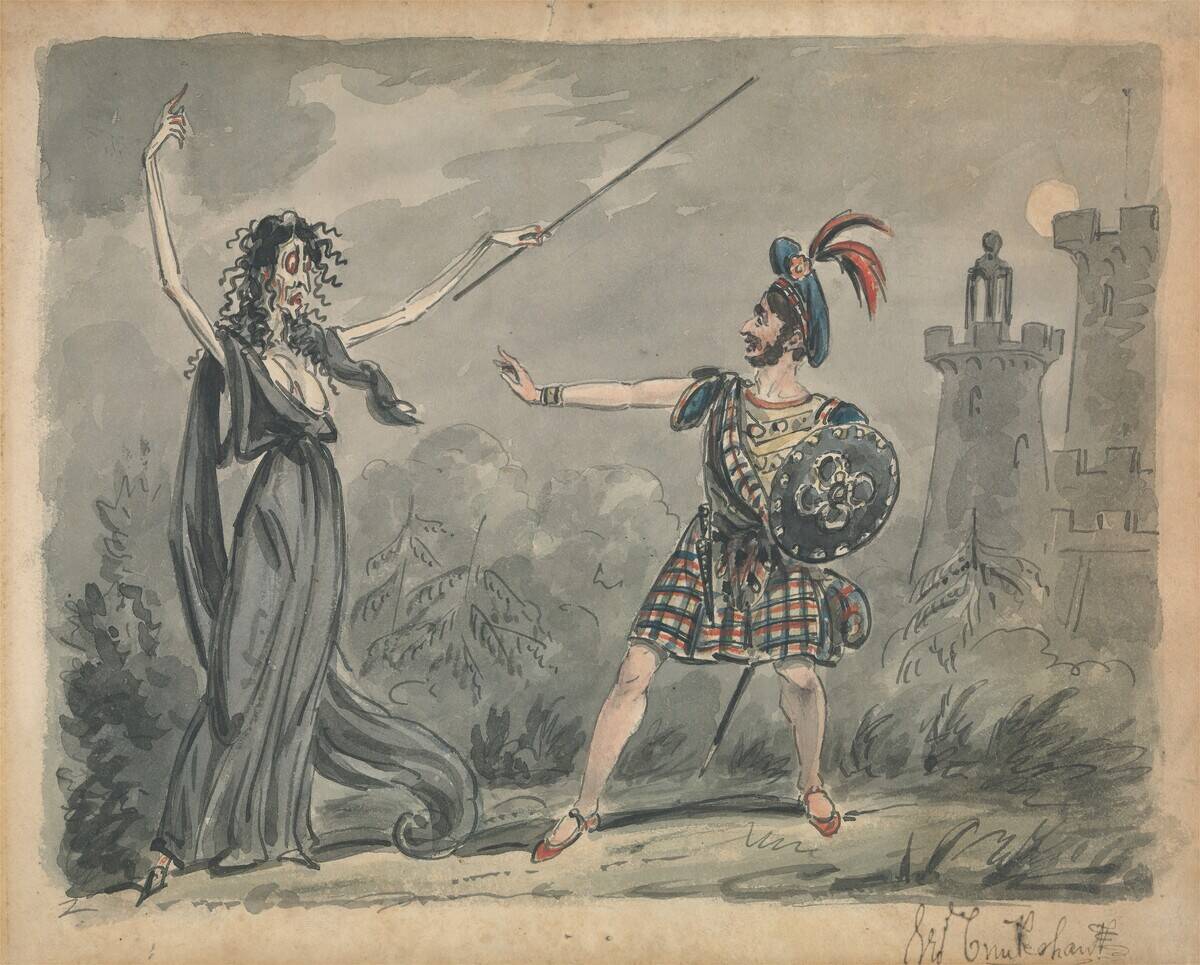
Witchcraft beliefs in Scotland have deep roots in ancient Celtic traditions. The Celts revered nature and believed in a world filled with spirits, which laid the groundwork for later witchcraft accusations. As Christianity spread, these pagan beliefs were often demonized, paving the way for witch hunts. The fusion of indigenous folklore with imported religious ideas created a volatile mix that fueled witchcraft paranoia throughout the country.
A Peek into 16th and 17th Century Scotland
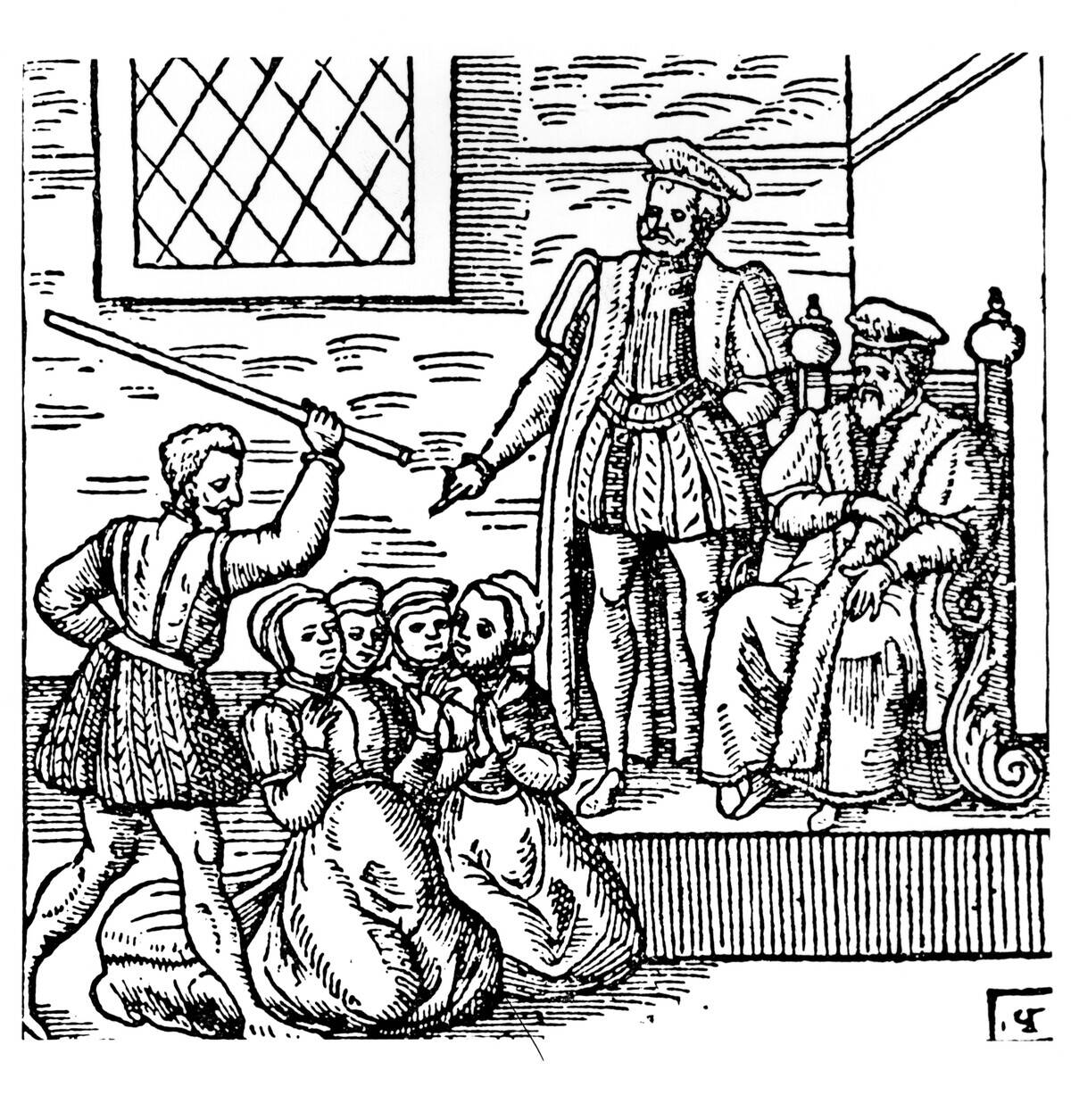
Life in 16th and 17th century Scotland was a mix of turbulence and tradition. The country was marked by political instability, religious upheaval, and economic hardship. This environment of uncertainty made people more susceptible to blaming misfortunes on witchcraft. In rural areas, communities were tightly knit, and any deviation from the norm could easily spark accusations, making life precarious for those perceived as different.
The Role of Religion in Witch Trials
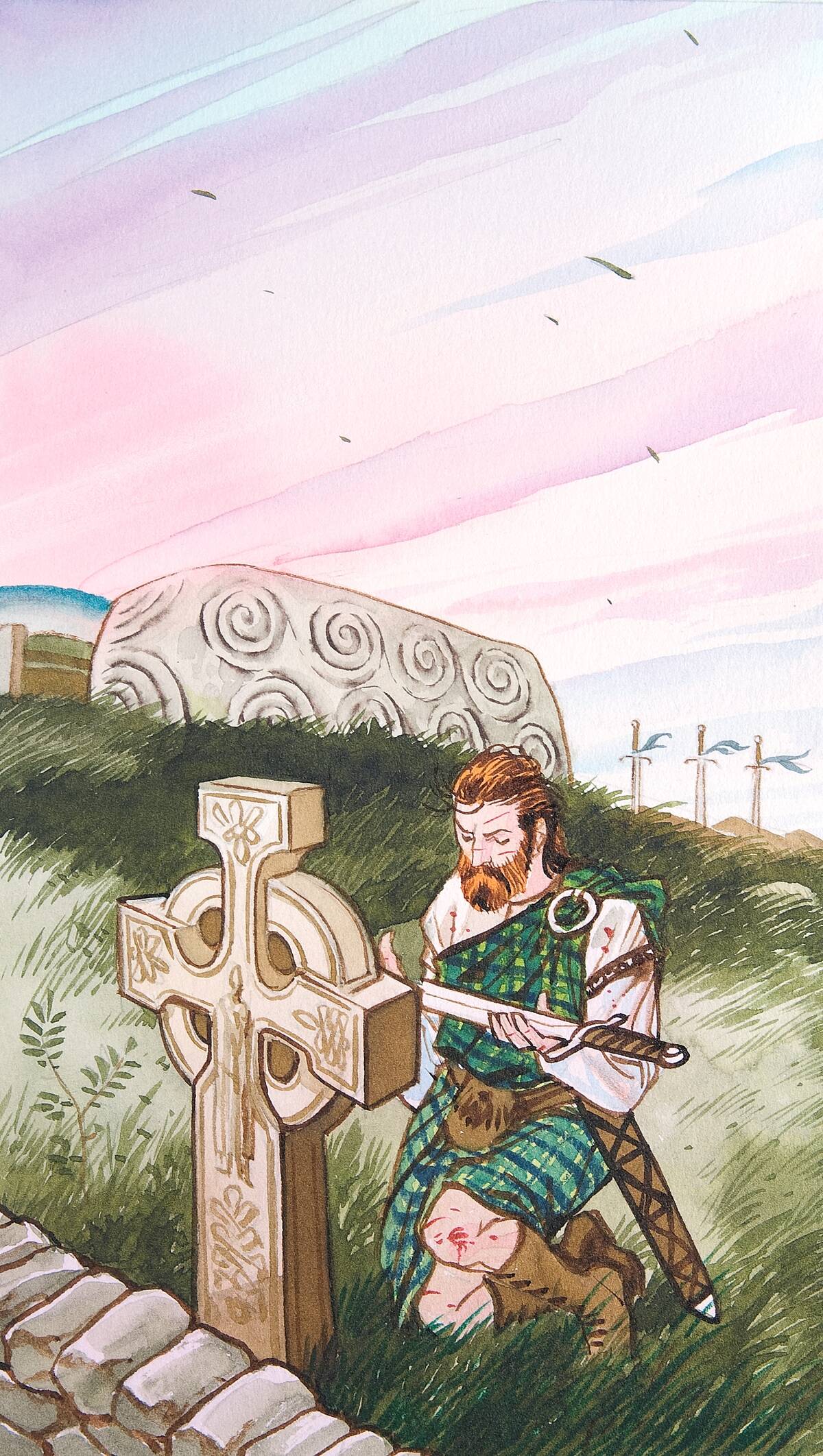
Religion played a critical role in the Scottish witch trials. The Reformation had a profound impact, as Protestant leaders sought to purge society of perceived Catholic superstitions. The Church viewed witchcraft as heresy, and ministers often led the charge in identifying and prosecuting witches. This religious zealotry was a driving force behind many of the trials, with clergy using their influence to root out supposed evil in their congregations.
Witchcraft Acts and Legislation
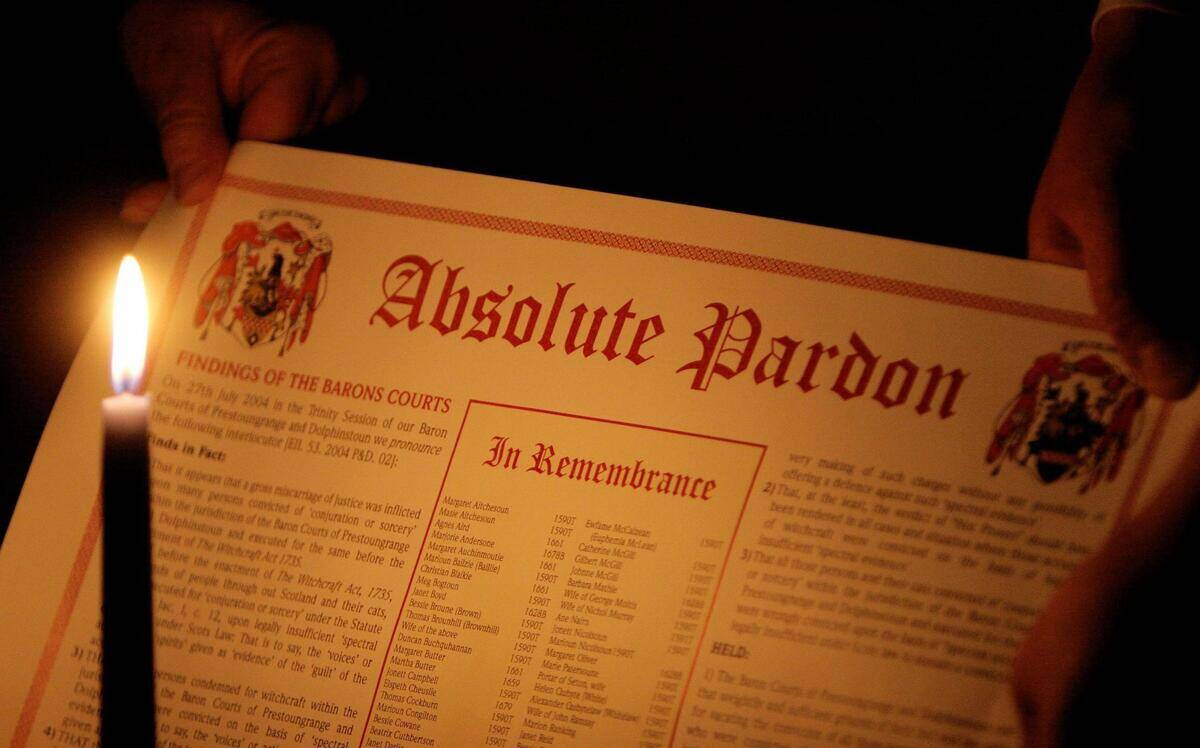
The legal framework for witch trials in Scotland was established through several Witchcraft Acts. The first major legislation, passed in 1563, made witchcraft a capital offense. This act set the stage for future prosecutions, providing legal backing for the arrest and execution of suspected witches. Subsequent acts and amendments in later years continued to solidify the government’s stance against witchcraft, reflecting the pervasive fear of the time.
The Influence of King James VI
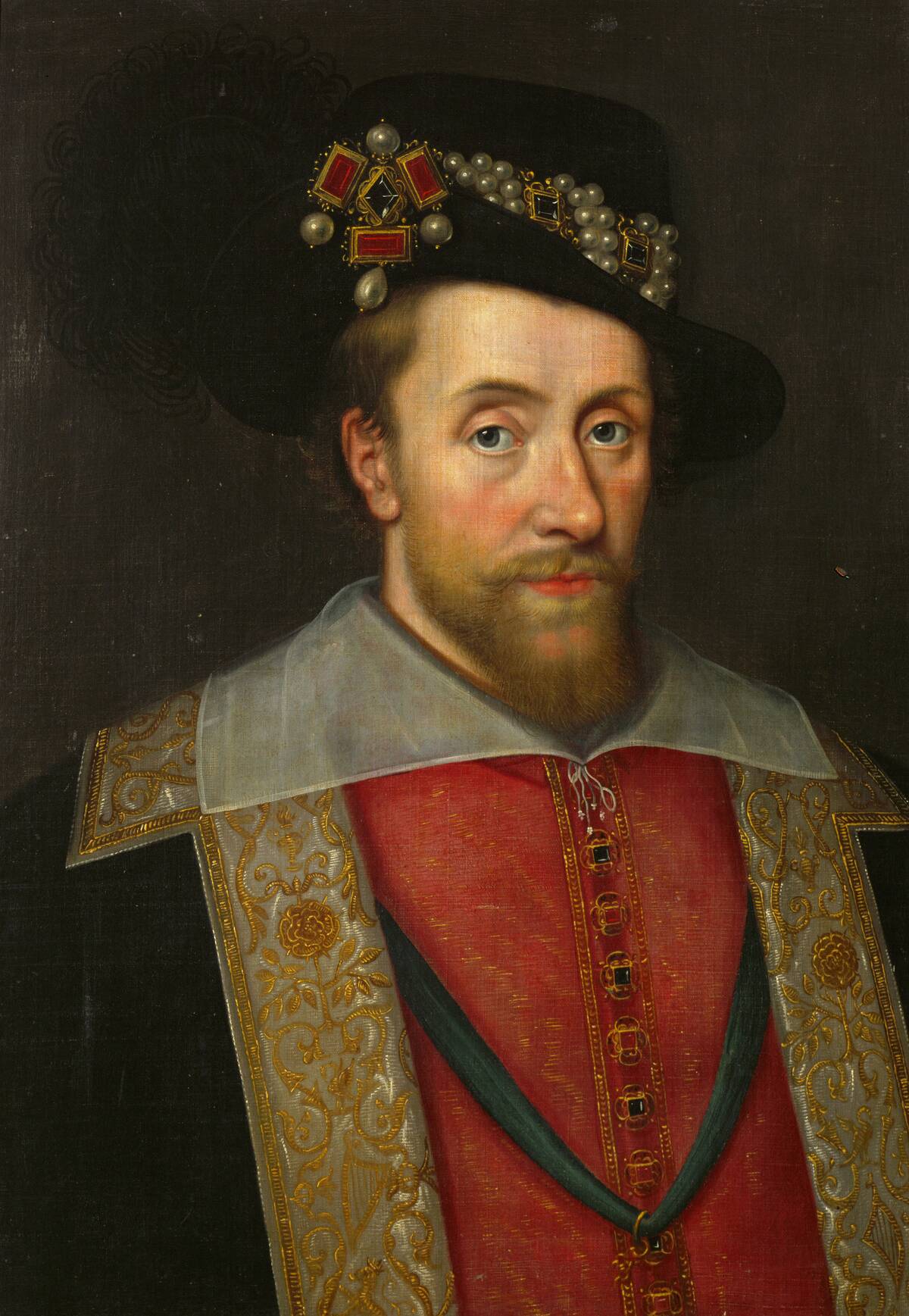
King James VI of Scotland had a significant influence on the witch trials. A staunch believer in the threat of witchcraft, his interest peaked around the time of the North Berwick witch trials. His book, ‘Daemonologie,’ published in 1597, detailed his views on the subject and served as a guide for identifying witches. James’s royal endorsement of witch hunts lent credibility to the movement and emboldened witch hunters across the nation.
Notable Witch Trials in Scottish History
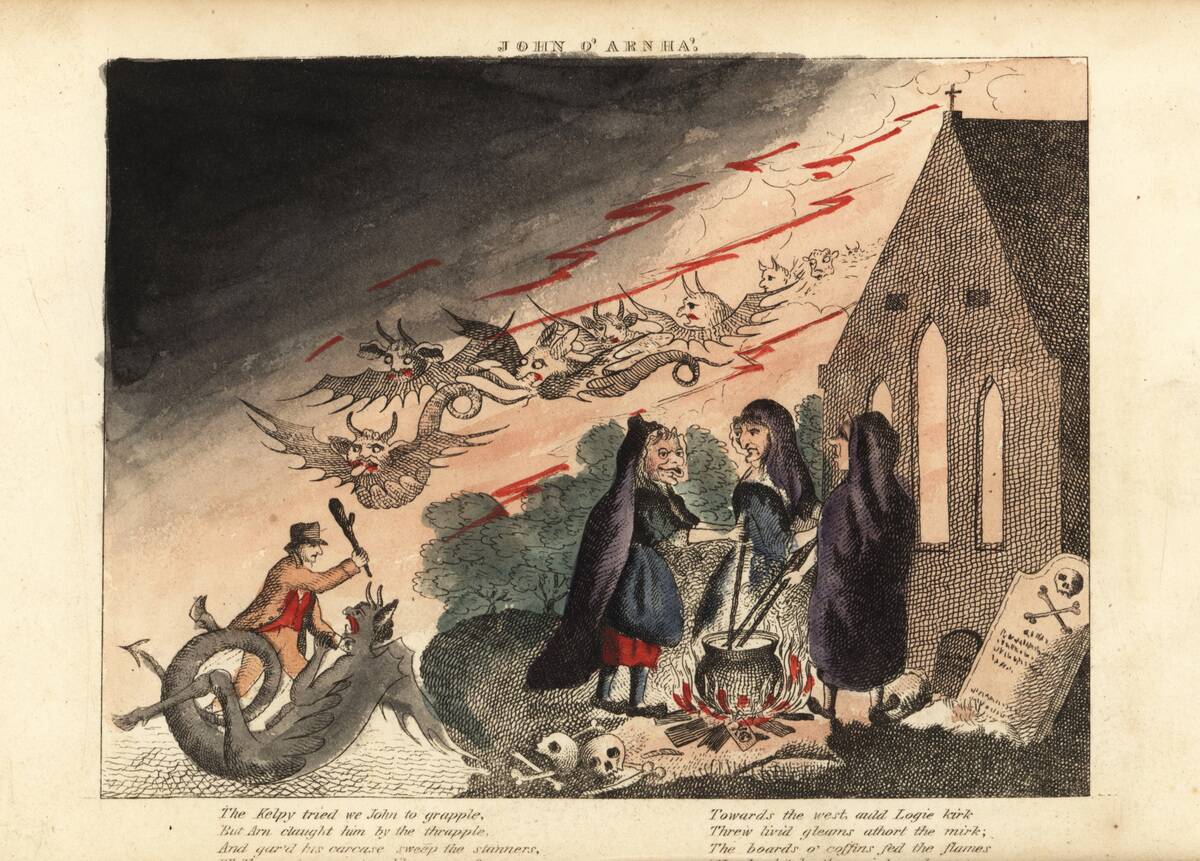
Several witch trials stand out in Scottish history due to their scale and impact. The North Berwick trials of 1590-1592 were among the first major witch hunts and involved high-profile figures, including the king himself. Another infamous case was the Paisley witch trials of 1697, which resulted in the last mass execution for witchcraft in Western Europe. These trials left an indelible mark on Scottish history, highlighting the extent of the paranoia.
The Role of Witch Finders and Hunters
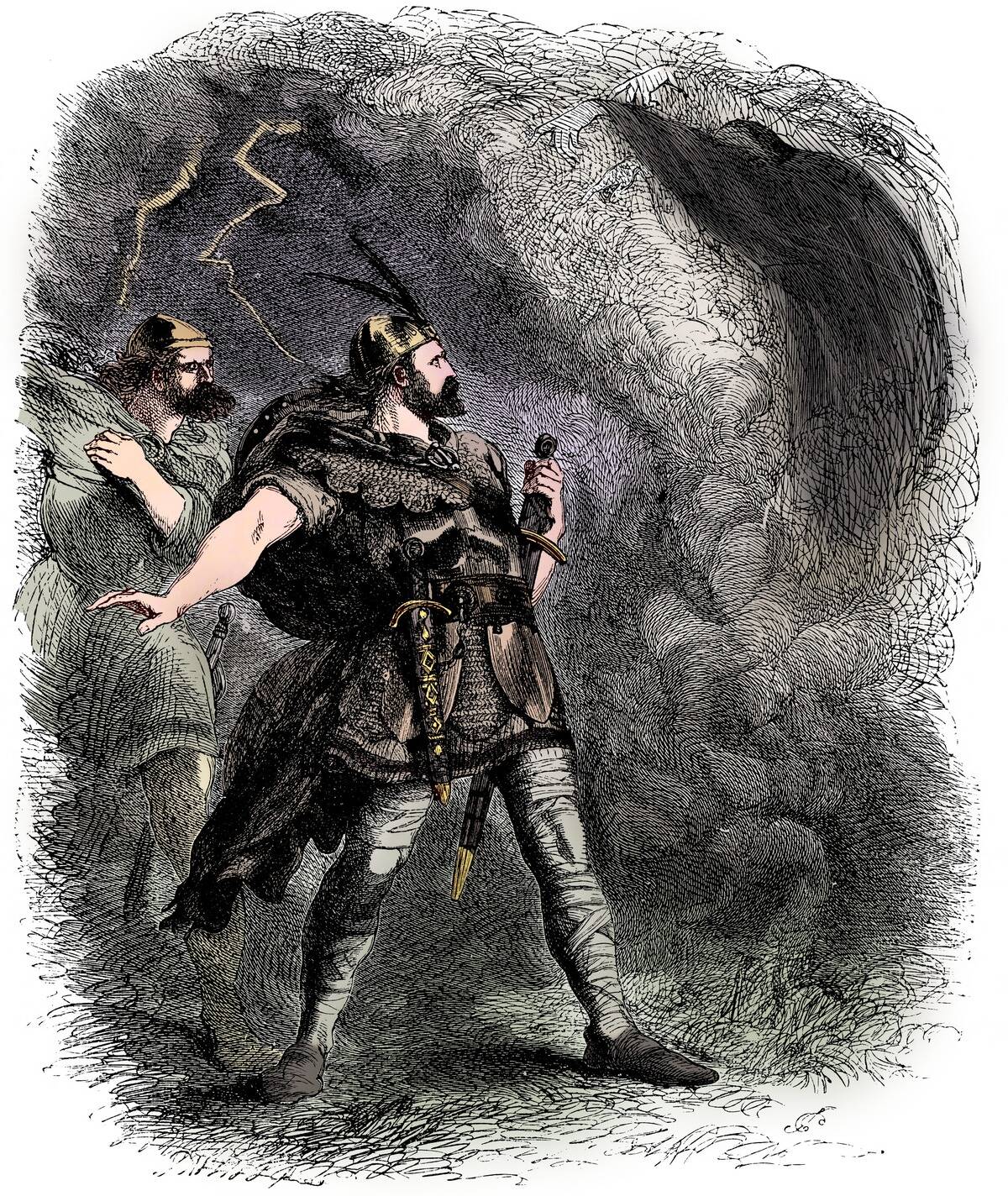
Witch finders and hunters were pivotal in the witch trials, often acting with impunity. These individuals, sometimes self-appointed, traveled from town to town identifying supposed witches. Witch finders were incentivized by monetary rewards, which sometimes led to false accusations and fueled the witch hunt frenzy, spreading fear throughout communities.
Common Accusations and Alleged Witchcraft Practices
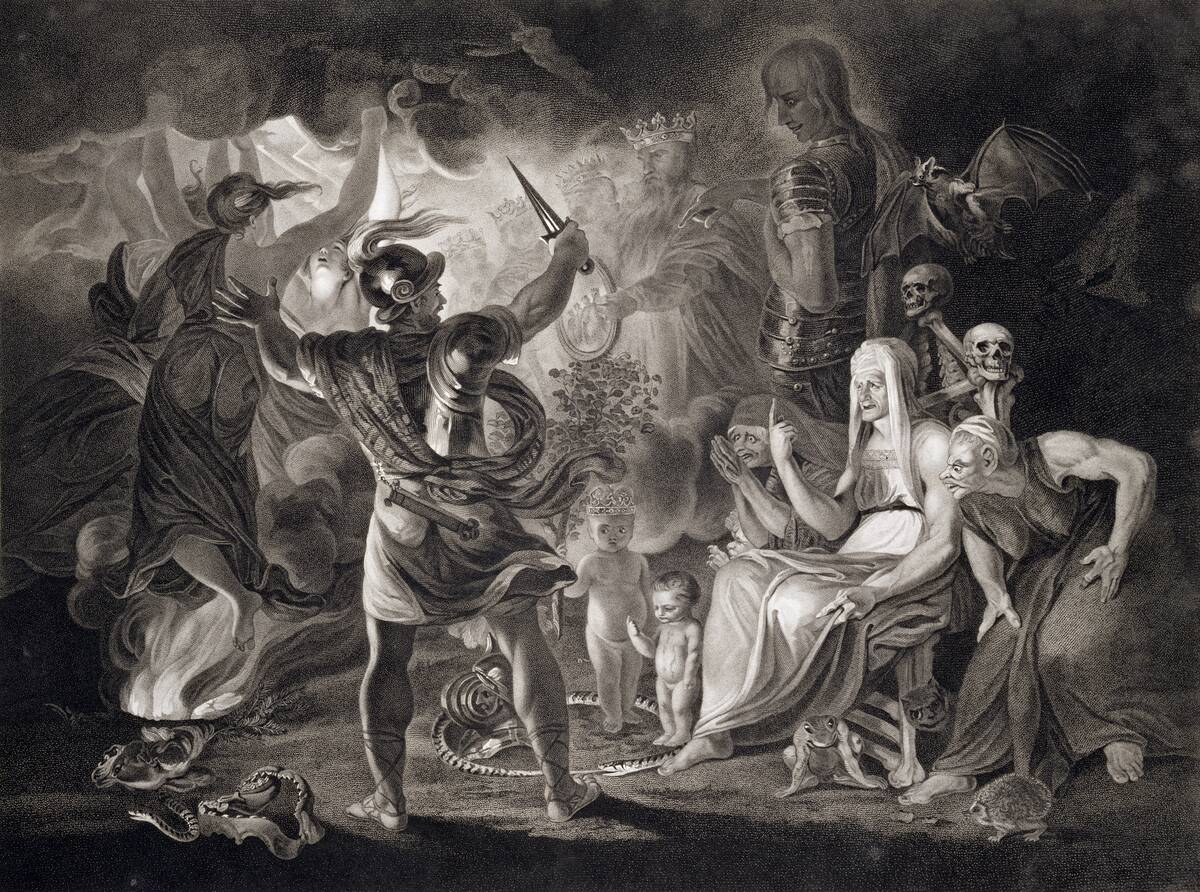
Accusations of witchcraft often stemmed from everyday conflicts and misunderstandings. Common charges included causing illness, crop failure, and souring milk. Alleged practices ranged from casting spells to meeting with the devil. Such accusations were usually based on hearsay and fear, with little actual evidence. This environment allowed personal vendettas to masquerade as righteous pursuits, leading to the persecution of many innocent people.
Methods of Interrogation and Coercion
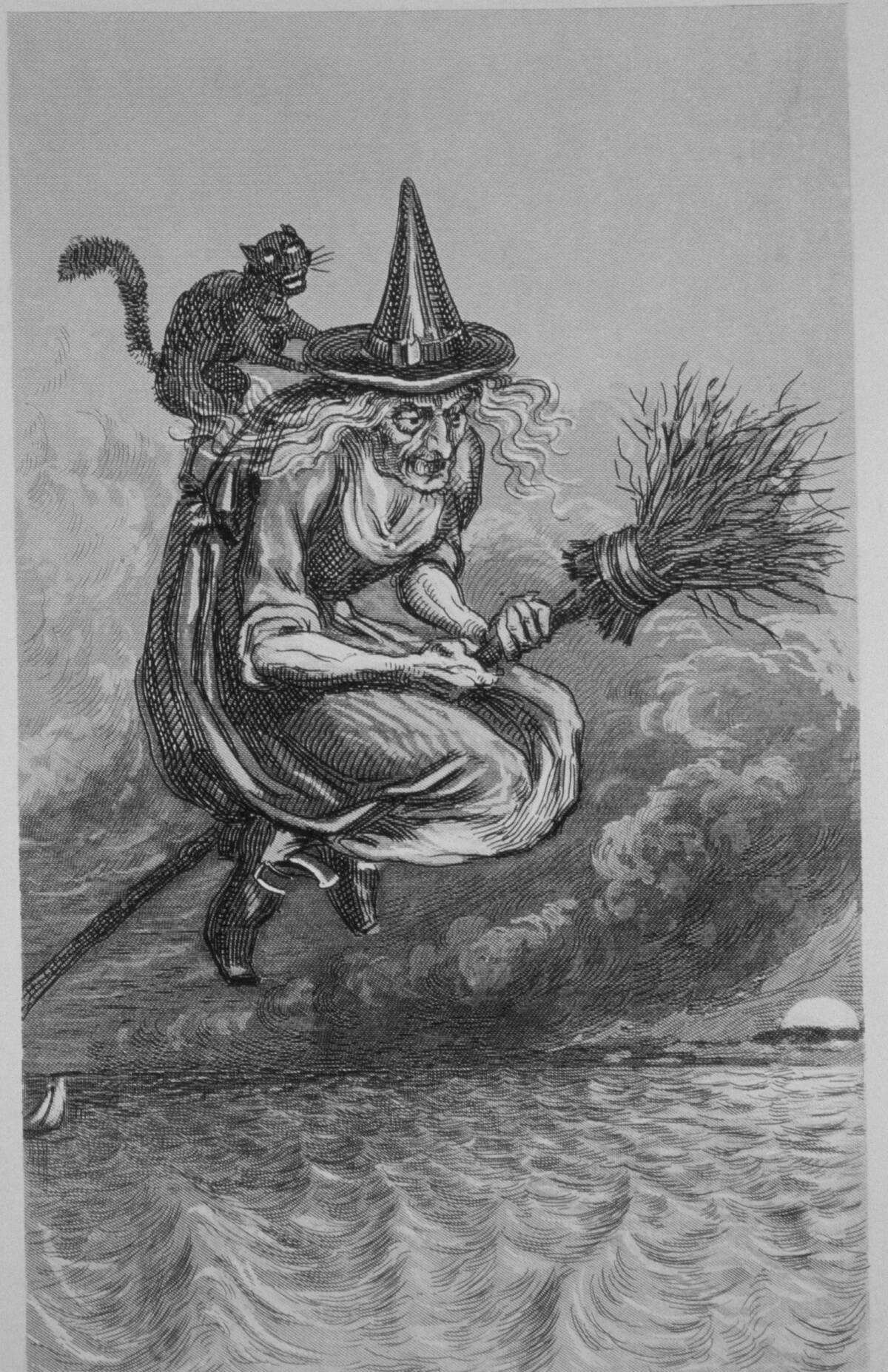
Interrogation and inflicting pain were methods used during the witch trials that were brutal and inhumane. Accused witches were often subjected to sleep deprivation, pricking, and thumbscrews to elicit confessions. The ‘witch’s bridle,’ a device used to prevent speech, was another cruel tool in the interrogator’s arsenal. These harsh practices were justified by the belief that the devil would protect witches from normal pain, perpetuating the cycle of fear and suffering.
The Use of Spectral Evidence
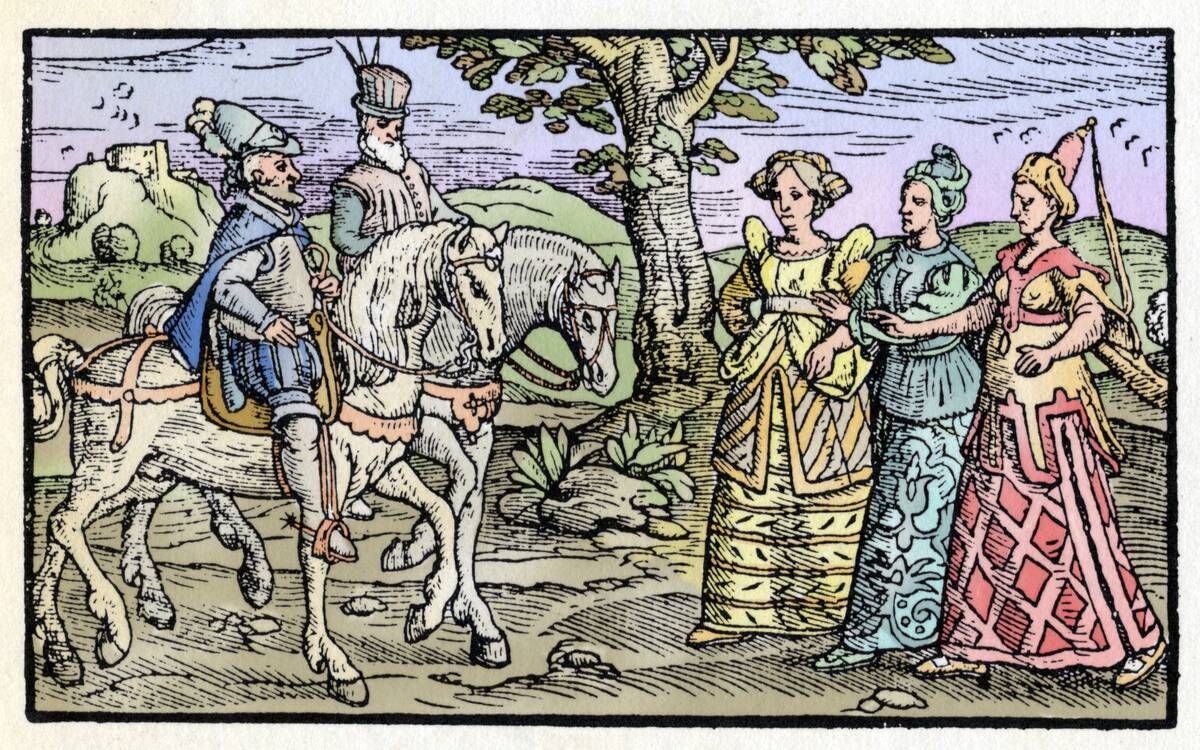
Spectral evidence played a controversial role in Scottish witch trials. This type of evidence involved the testimony of witnesses who claimed to see the accused’s spirit or specter committing witchcraft. Such claims were notoriously unreliable but were often accepted by courts eager for convictions. The reliance on spectral evidence illustrates the deep-seated fear of the supernatural and the lengths to which authorities would go to secure a guilty verdict.
The Fate of the Accused
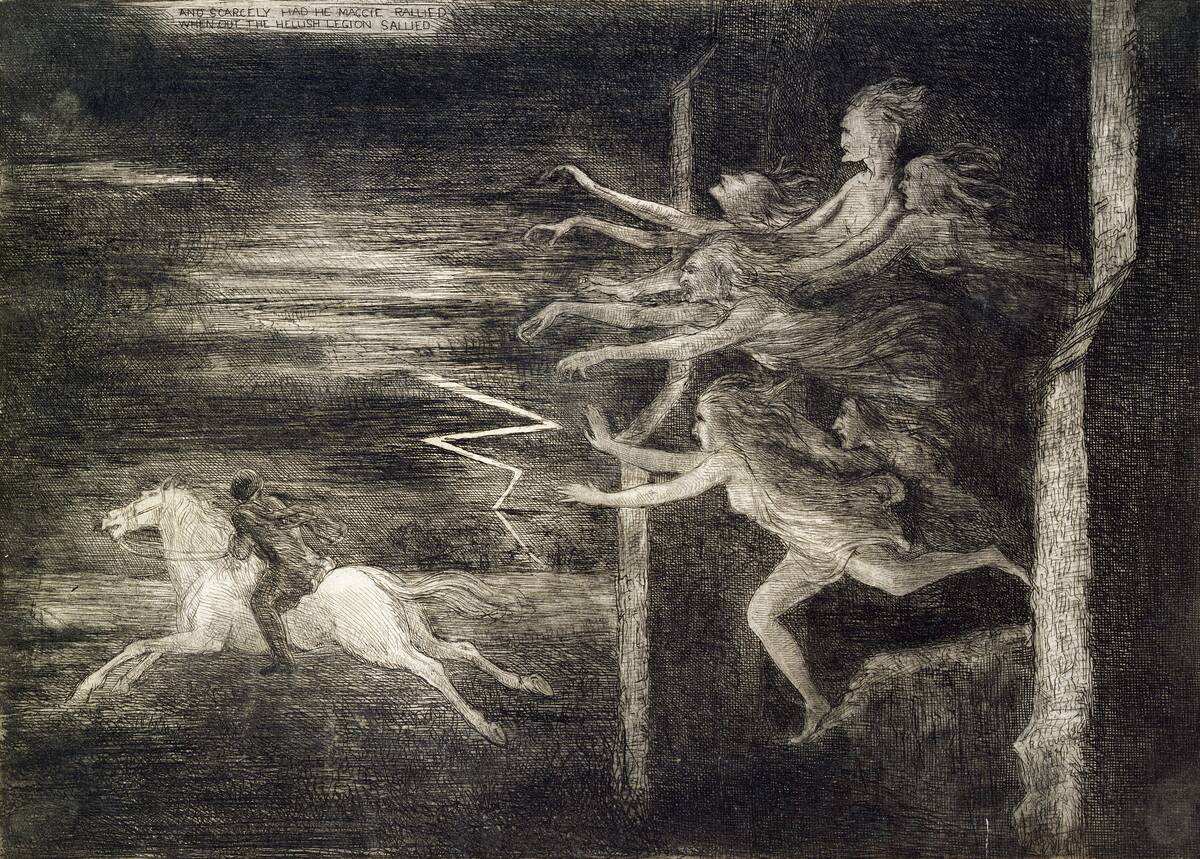
The fate of those accused of witchcraft was often grim. Many were executed by hanging or burning, while others died in prison awaiting trial. Acquittals were rare, as the burden of proof heavily favored the prosecution. Even those who survived faced societal ostracism and lifelong stigma. The fear and suspicion surrounding accused witches left lasting scars on communities, underscoring the tragic consequences of the witch trials.
Public Perception and Superstitions
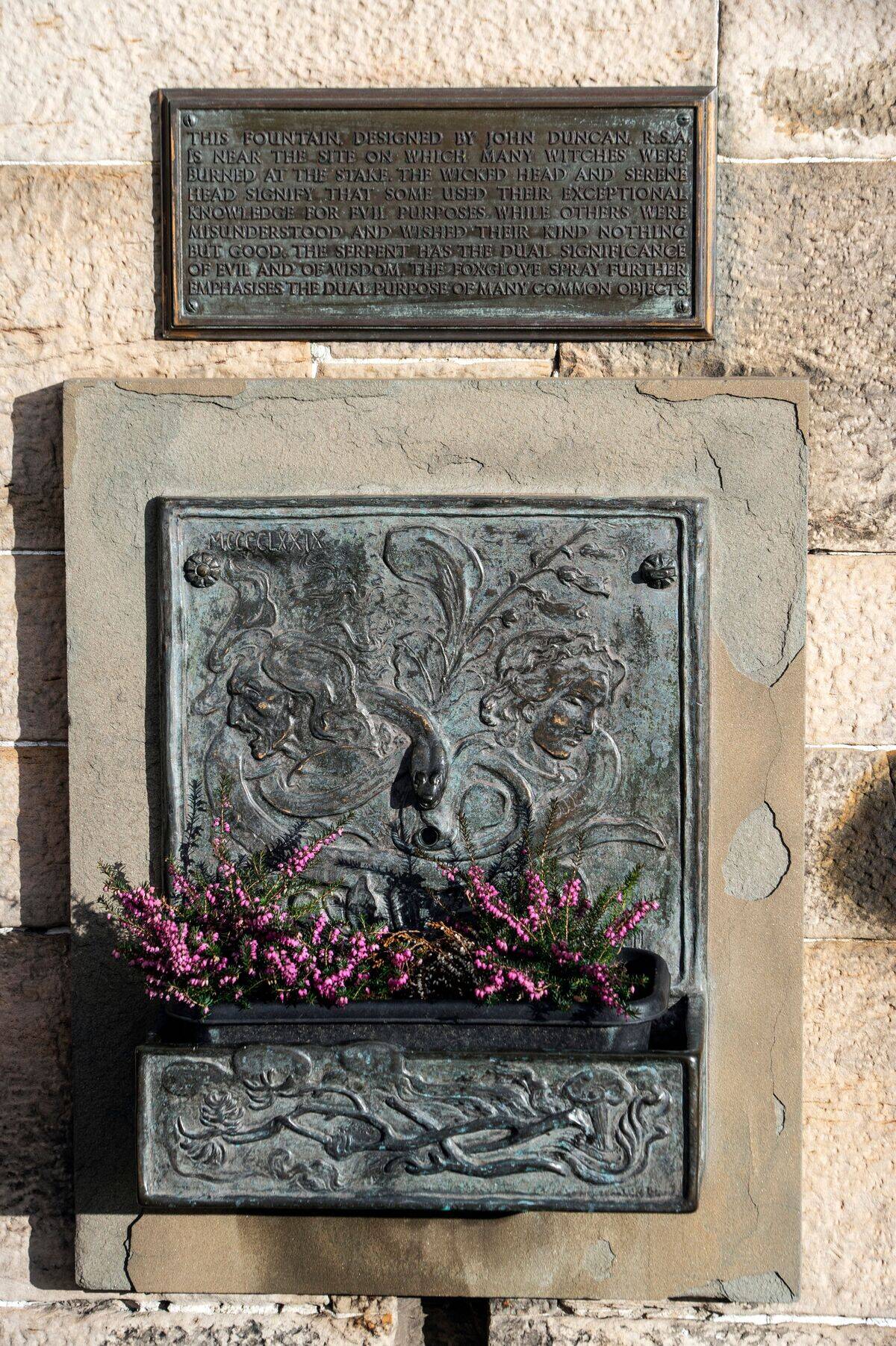
Public perception of witches was heavily influenced by superstition and fear. Witches were often seen as malevolent figures capable of causing great harm. This fear was exacerbated by cultural tales and religious teachings that painted witches as agents of the devil. The public’s willingness to believe in witchcraft was a crucial factor in the persistence of the trials, as societal pressure often dictated the course of justice in these cases.
The Decline of Witch Trials in Scotland
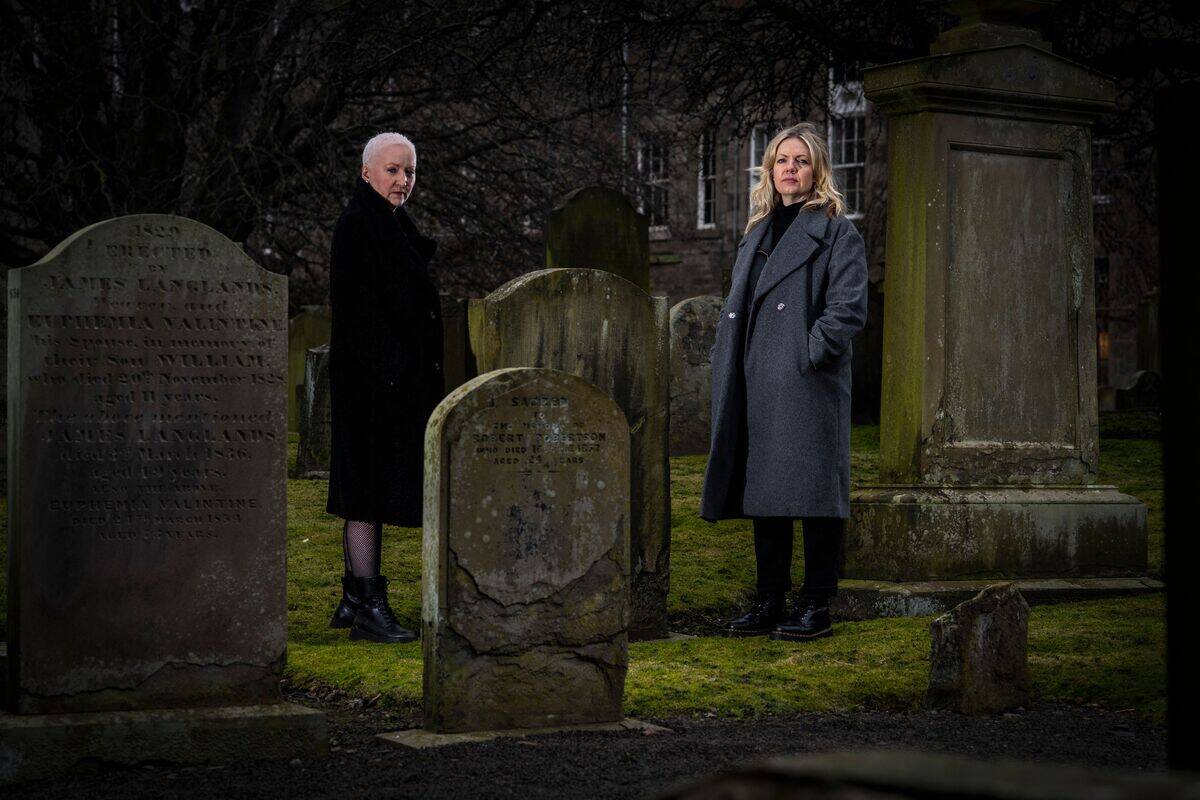
The decline of witch trials in Scotland began in the late 17th century. Several factors contributed, including changes in legal standards and growing skepticism about the validity of witchcraft accusations. As the Enlightenment spread, rational thought began to replace superstition, leading to a gradual reduction in witch hunts. By the early 18th century, the fervor had largely subsided, marking the end of an era characterized by fear and persecution.
Modern Interpretations and Cultural Impact
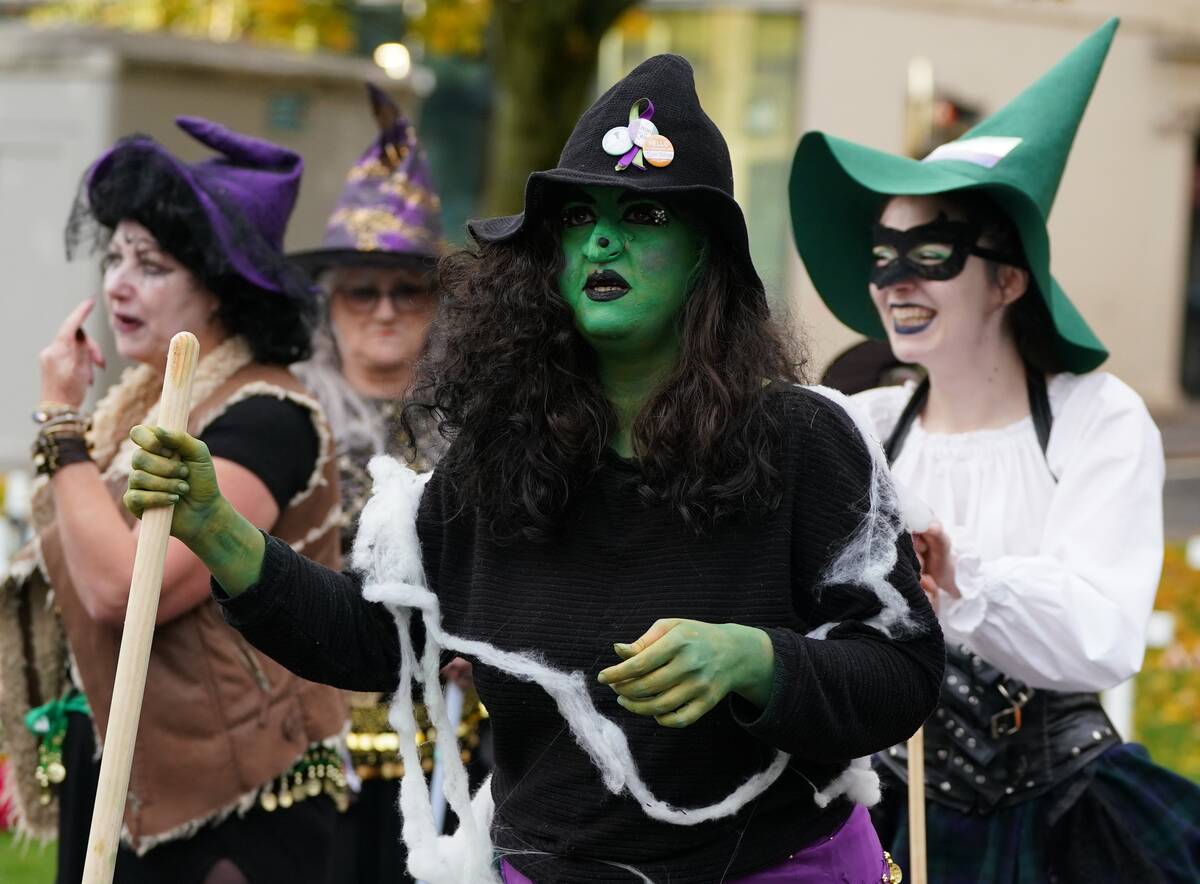
Today, the witch trials in Scotland are viewed through a lens of historical curiosity and cultural reflection. They serve as a reminder of the dangers of mass hysteria and the importance of due process. Modern interpretations often explore themes of gender and power, as women were disproportionately targeted. The trials have also left a cultural impact, influencing literature, film, and art, as society continues to grapple with the legacy of this tumultuous period.



